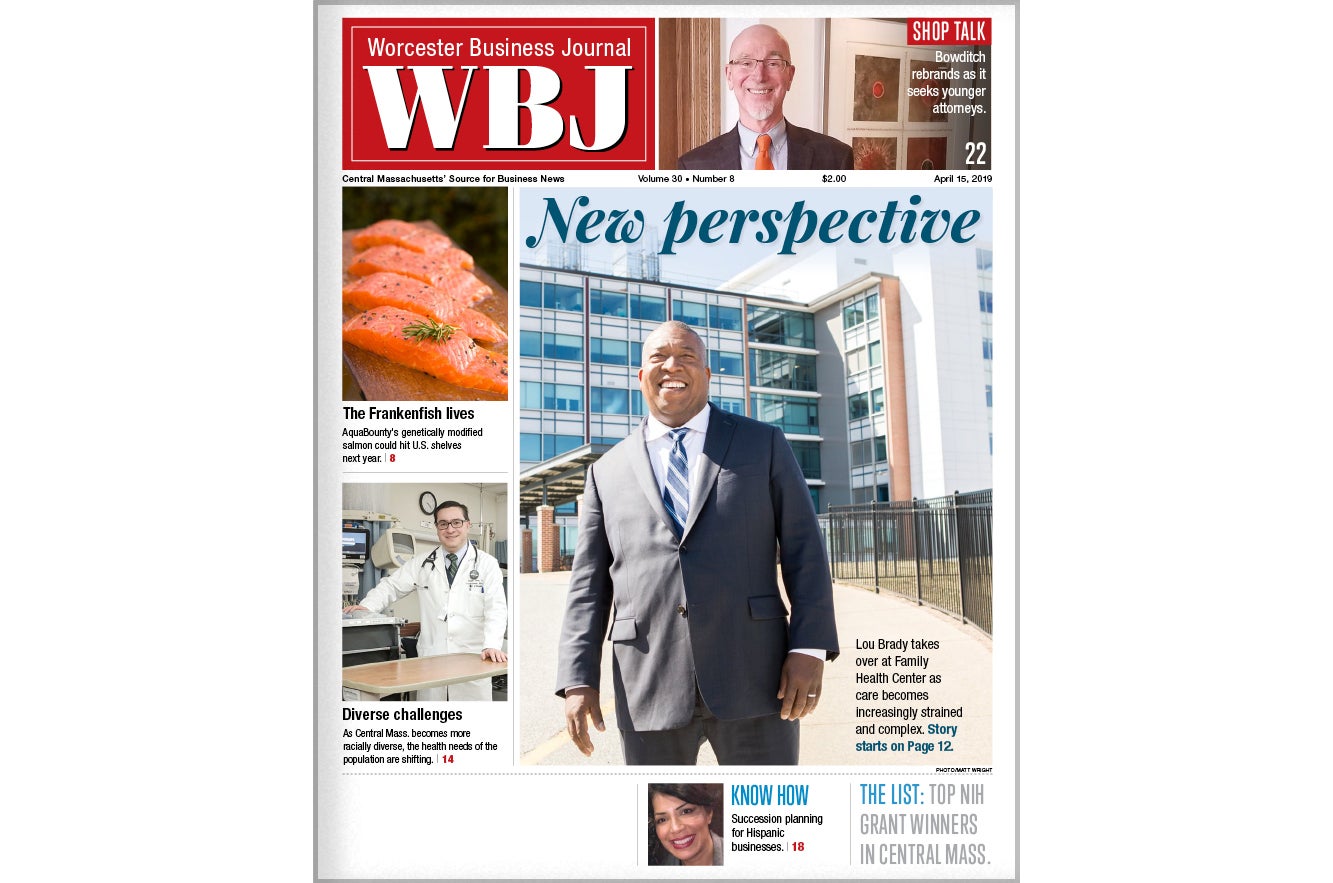Google offers $20M as moon rover prize
Nearly 40 years after the U.S. beat the Soviets to the moon, Internet giant Google said Thursday it will give $20 million to the first private group to land a roving robot on the lunar surface.
The purse is being offered by the X Prize Foundation, which awarded $10 million in 2005 to a group that included Microsoft co-founder Paul Allen for launching a human into space.
In the '70s, the Soviets launched the only robotic rovers to have negotiated the moon. Budget woes forced NASA this spring to cancel its lunar-rover plan.
Google is taking part because the contest "is really going to accomplish something very, very impressive," company co-founder Sergey Brin said Thursday in a video announcement. The goal is "something ... only a couple of governments have ever accomplished."
Meanwhile, Google declined to comment about reports that Brin and co-founder Larry Page are paying $1.3 million a year so their Boeing 767 plane can use an airport run by NASA near Google headquarters.
The lunar-rover contest is open to groups around the world, as long as they receive no more than 10 percent government funding. To win the $20 million, a vehicle must ramble a quarter-mile and send video back to Earth. A $10 million second prize will go to the first spacecraft that can transmit data to Earth but doesn't rove.
Another $10 million will go to super-rovers able to roam long distances or snap pictures of equipment discarded by astronauts. The goals are "incredibly feasible," said Peter Worden, director of NASA's Ames Research Center. "Most of the components could be purchased off the shelf."
NASA plans to send astronauts back to the moon by 2020 and establish a lunar research camp, but Worden said the contest doesn't threaten the agency. Such private space exploration "is exactly what we hoped would happen," he said. "NASA is pretty excited about this."
Peter Diamandis, X Prize chairman, said he expects entrants from the United States, China, Europe and Japan and hopes the first flight will launch in 2010 or 2011.
Some challenges:
- Lunar debris. Because the moon has no protective atmosphere, tiny pieces of space rock rain down on the surface, said William Whitaker of Carnegie Mellon University's Robotics Institute. "Anything from computers to radios could be destroyed," he said.
- Landing. The lack of an atmosphere also means that parachutes don't work, so a spacecraft's touchdown has to be cushioned by rockets that fire to brake it at just the right time, said Anders Elfving, manager of a Mars rover effort for the European Space Agency.
- Safe driving. A rover that steers itself needs to have sophisticated software and sensors, said Rob Manning, a top designer for the NASA rovers exploring Mars. A rover could also be remote-controlled from Earth, but that requires antennas around the globe.






0 Comments